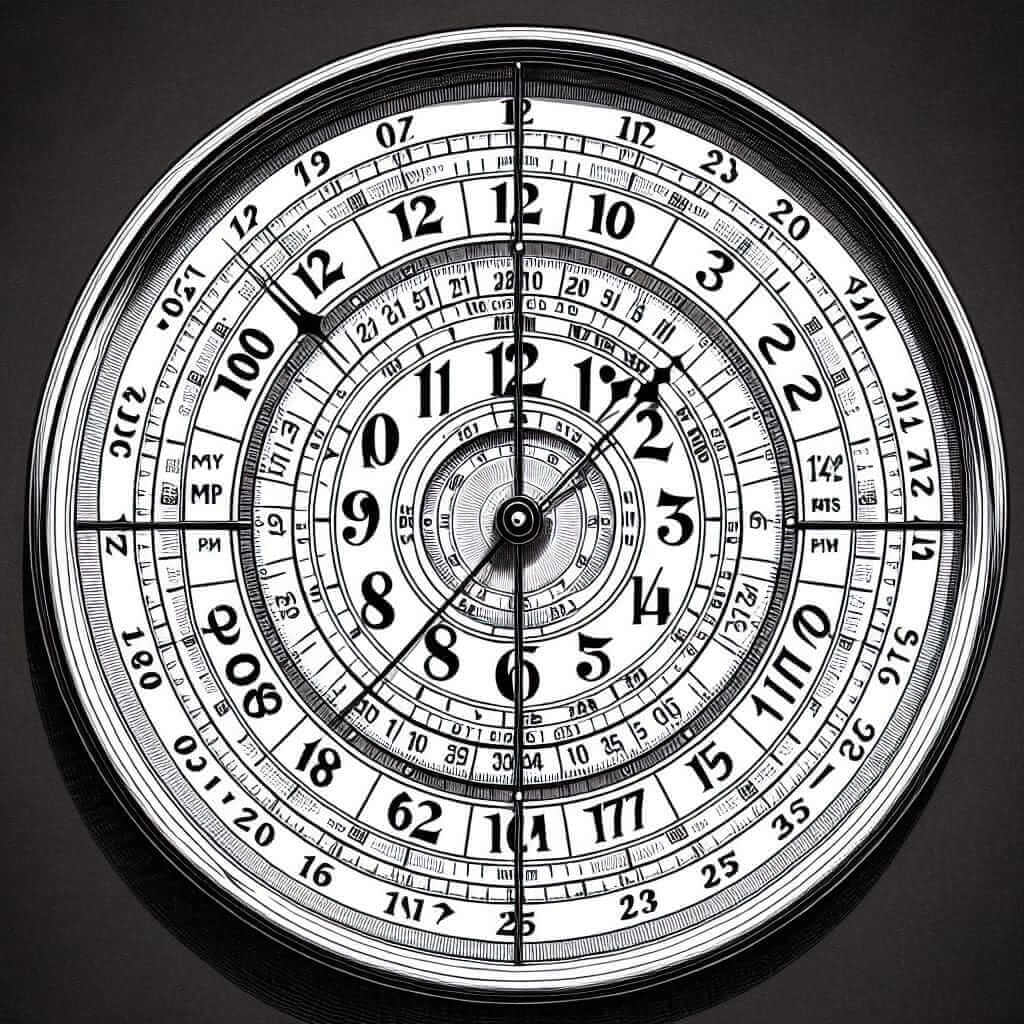As an IELTS instructor with over 20 years of experience, I often get asked by my students about the nuances of the English language in the context of the IELTS Speaking test. One common query is: “Can you use AM and PM in IELTS Speaking short answers?”
Nội dung bài viết
This is a great question as it touches upon the fine balance between natural, conversational English and the formal requirements of the IELTS exam.
Understanding the Use of AM and PM
AM and PM are abbreviations for “ante meridiem” (before midday) and “post meridiem” (after midday) respectively. They are commonly used in English to specify the time of day in a 12-hour clock format.

AM and PM in IELTS Speaking: Context is Key
While AM and PM are grammatically correct and widely used in everyday English, their appropriateness in the IELTS Speaking test depends largely on the context of your response.
When to Use AM and PM
-
Specific Time References: If the examiner asks you a question requiring a specific time, using AM or PM is perfectly acceptable.
Example:
Examiner: “What time do you usually wake up in the morning?”
You: “I usually wake up at 6:30 AM.” -
Clarifying Time: You can use AM or PM to avoid ambiguity when referring to different times of the day.
Example:
Examiner: “Tell me about a time you had a memorable meal.”
You: “One evening, around 8 PM, I went out for dinner with my family…”
When to Consider Alternatives
-
General Time References: If the question doesn’t require a specific time, using more general terms is often preferred.
Instead of: “I usually go to bed at 11 PM.”
Consider: “I usually go to bed quite late.” -
Maintaining Formality: While AM and PM are not inherently informal, opting for the 24-hour clock can add a touch of formality to your language.
Instead of: “The meeting starts at 2 PM.”
Consider: “The meeting commences at 14:00.”
Examples from IELTS Speaking Tests
Let’s look at some scenarios from past IELTS exams to illustrate:
-
Part 1:
- Examiner: “What time of day do you work most effectively?”
- You: “I’m definitely a morning person! I find I concentrate best between 9 AM and 12 PM.” (Using AM and PM is appropriate here as a specific time frame is given.)
-
Part 2:
- Cue card: “Describe an important event that happened in the morning.”
- You: “One particular morning, around 10:30 AM, I received some news that completely changed…” (Using AM clarifies the time of day and is relevant to the cue card.)
Tips for Success
- Listen carefully: Pay attention to the examiner’s questions to determine the level of formality and specificity required.
- Be natural: The key is to sound fluent and natural. If using AM and PM feels forced, explore alternative expressions.
- Practice makes perfect: Practice speaking about time using both 12-hour and 24-hour clock formats to build confidence.
Conclusion
Ultimately, the use of AM and PM in your IELTS Speaking test should feel natural and enhance your clarity. By being mindful of the context and practicing different time expressions, you can ensure your responses are both accurate and demonstrate your command of English vocabulary and grammar.